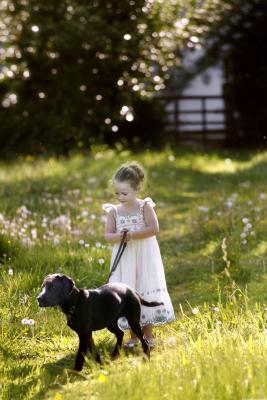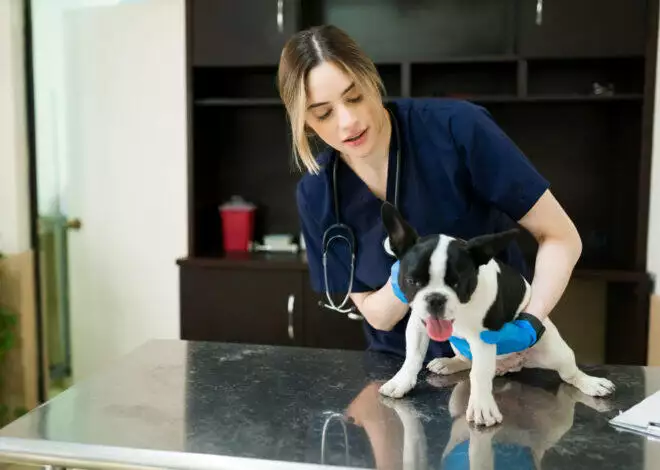Pets and children are a natural pair, but there are also safety concerns for both the child and the animal. A bite or attack by a pet is a potentially serious event for a child. A pet might also become injured if a child doesn’t know how to handle it properly. Taking precautions early in the pet-child relationship helps avoid injuries for everyone involved.
Selection
If you don’t already own a pet, the selection process plays a role in overall pet safety. The amount of space, family allergies, amount of care needed, age of your kids and size of the pet are all considerations. If you have young children, a large or aggressive dog isn’t a safe match. A child who has difficulty being gentle isn’t a good match for a small, fragile pet like a hamster. Reptiles are generally less safe for families because of the risk of salmonella.
Ground Rules
Establishing ground rules with your child teaches proper pet-handling habits from the beginning. The child should know when he is allowed to handle the pet and in what manner. Practice the proper way to play with the pet. Guidelines for feeding and meeting the pet’s basic needs also helps the child learn responsibility while maintaining a safe pet relationship.
If you own a dog, teach your child how to prevent bites. The child needs to learn not to do certain things with a dog, such as tease, touch while eating or sleeping, go near a chained dog or stare into the dog’s eyes, according to the ASPCA. Teach your child to ask permission before touching a dog she doesn’t know. She also should learn to stand very still and remain quiet if a dog approaches.
Supervision
Supervision of your child any time she interacts with family pets keeps both the child and the animal safe. You are able to intervene if either one breaks the ground rules. If the pet becomes aggressive, you can separate the two and remove the animal from the situation. You also have the opportunity to step in and stop a child who becomes overly aggressive when handling the pet. These moments make ideal teaching opportunities to practice proper pet-handling.
Pet Training
If the family pet is a dog, an obedience class is a safety precaution that could help protect your children. The class teaches the dog basic commands that could help improve his behaviors. The ASPCA recommends teaching your dog the word “stop” to help keep him under control. The dog should respond to “stop” from both adults and the child. This might take practice for your children and the dog.
Considerations
Pets and children both have the option to choose when play is done. Don’t force pets and children to play together if one or both prefer not to interact at the time. Your child should learn the signs that the pet is finished playing, such as walking away or showing signs of aggression. Separate toys for kids and pets also helps reduce negative interactions between the two.





